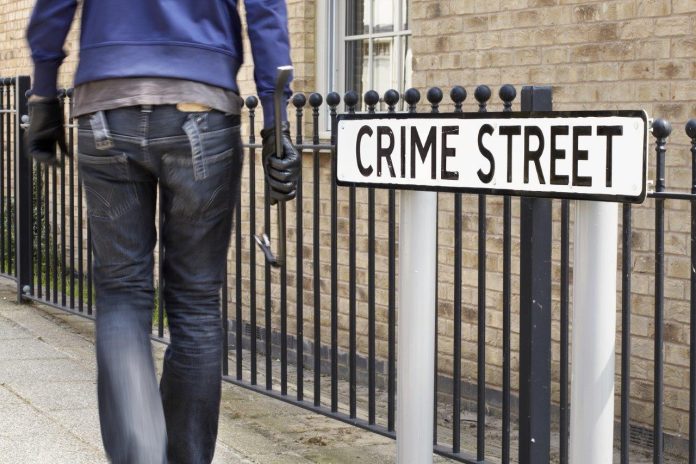Crime prevention through environmental design (CPTED) is built around 9 principles. These principles can be used by security managers to better control and protect their own and adjoining sites. Understanding the nature of space will also help system designers recognize and defend vulnerable locations.
PROPERLY applied, CPTED allows effective security policy to govern space on a site using physical and electronic means. While you normally think of space design as something that ends the minute an architect's building plans are signed off, that's only half the story. Even if the design you're stuck with creates vulnerable areas, you can make them into strengths.
Imagine the darkest, most sinister alley between 2 buildings on the site, a location normal users are afraid to go – reinforcing the area's dangerous qualities. You task is to own the space by any means possible. Locate 2 help points complete with video surveillance and welcoming lighting at either end. You don't have to stop there.
Remove graffiti, and on evenings of the week you experience trouble, shift the twice-weekly astronomy class to a room directly above the alley, with plenty of light and strong principles of surveillance, as well as having normal users engaged with the space.
“A security manger familiar with CPTED should start to see the environment differently, recognizing safe or unsafe space immediately, and knowing why it's safe or unsafe”
The same applies on commercial sites. Is there a carpark at the far end of your facility that's remote from all your buildings yet can't be moved? Consider installing BBQ facilities in the space. The idea is to push safe activities into areas that are perceived to be unsafe, to have normal users challenge abnormal users for control of space. This is one of the fundamental principles of CPTED.
Remember that the concept of CPTED is based on the psychological principle that environmental cues indicate to a normal user that a location is safe while at the same time telling an abnormal user it's not safe for abnormal behaviour. A security manger familiar with CPTED should start to see the environment differently, recognizing safe or unsafe space immediately, and knowing why it's safe or unsafe.
There are 9 principles of CPTED including:
* Provide clear border definitions for control of space. That means defining boundaries physically or symbolically with fences, shrubs or signs, so both normal and abnormal users recognize public to private space transitions. Inside a building, you can do the same thing using colour, light and furniture.
* Build and clearly mark transitional zones between public, semi-public, semi-private and private zones. This reduces the range of excuses for intrusion into private area.
* Relocate gathering areas of normal users in order to place them in places with good surveillance with natural access control – a flight of stairs leading up to a grassy area. You can put such gathering places out of site of areas frequented by abnormal users in order to draw abnormal users out into spaces controlled by normal users.
* At the same time, try to place safe activities in unsafe locations. This means getting the staff touch football teams to do their training on an oval alongside a mean street in which the majority of staff park their cars. The normal users will dominate the space, including the street, and will challenge the presence of abnormal users, who will move on.
* Bring unsafe activites into safe locations in order to provide the greatest measure of protection for them. Put school kids’ playing areas in front of the staff room windows with maximum surveillance. If female staff use a grassy area of the site for Tai Chi early in the mornings, make sure the area they use is under surveillance from early starters like security, warehouse or mail room staff. Vulnerable groups or activities should be close to lines of communication and immediate support. You can use your video surveillance system to support such activities.
* Redesignate the use of space to create natural barriers of protection. Do this by screening areas and activities that need protection from observation by abnormal users on the fringes of the site.
* Improve the scheduling of space by using open spaces that have other areas under surveillance for productive and effective activities. Build lunching areas in formally unused spaces and provide well-tended gardens – both will increase your spatial control.
* Finally, improve communication with remote areas and remote activities accommodating company activities. Link remote workshops by phone and ensure some of your more powerful cameras can be pointed in the direction of remote buildings in the event of an incident. Instruct security patrols to regularly call on remote sites and to keep an eye on remote activities. ♦










